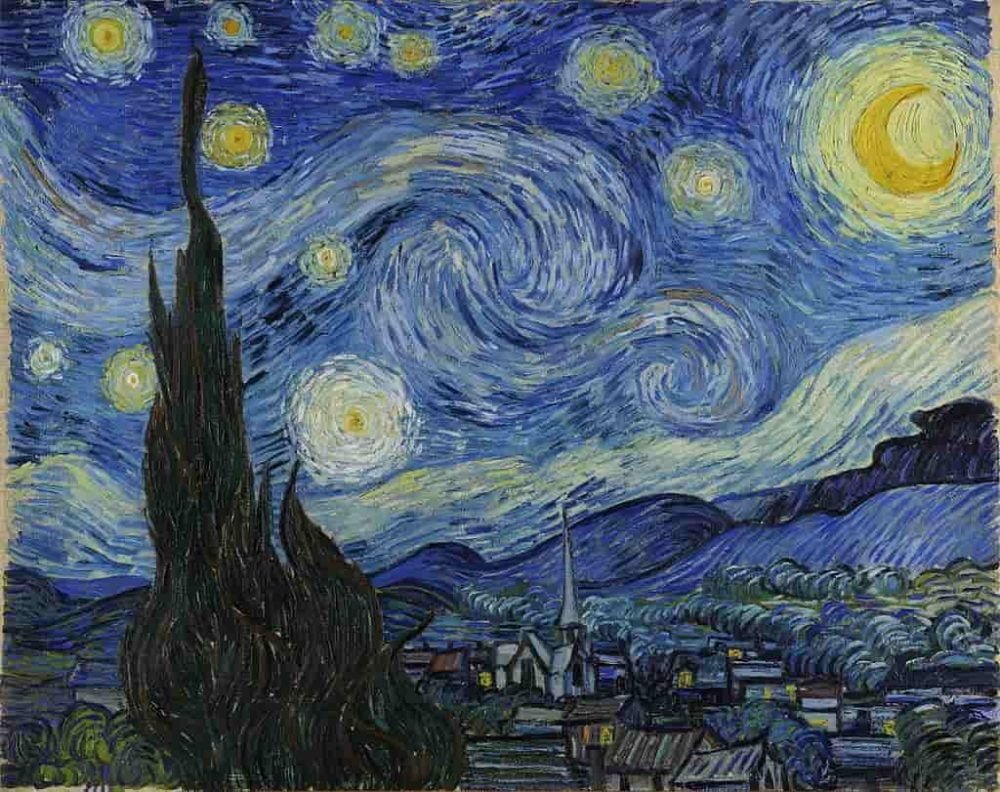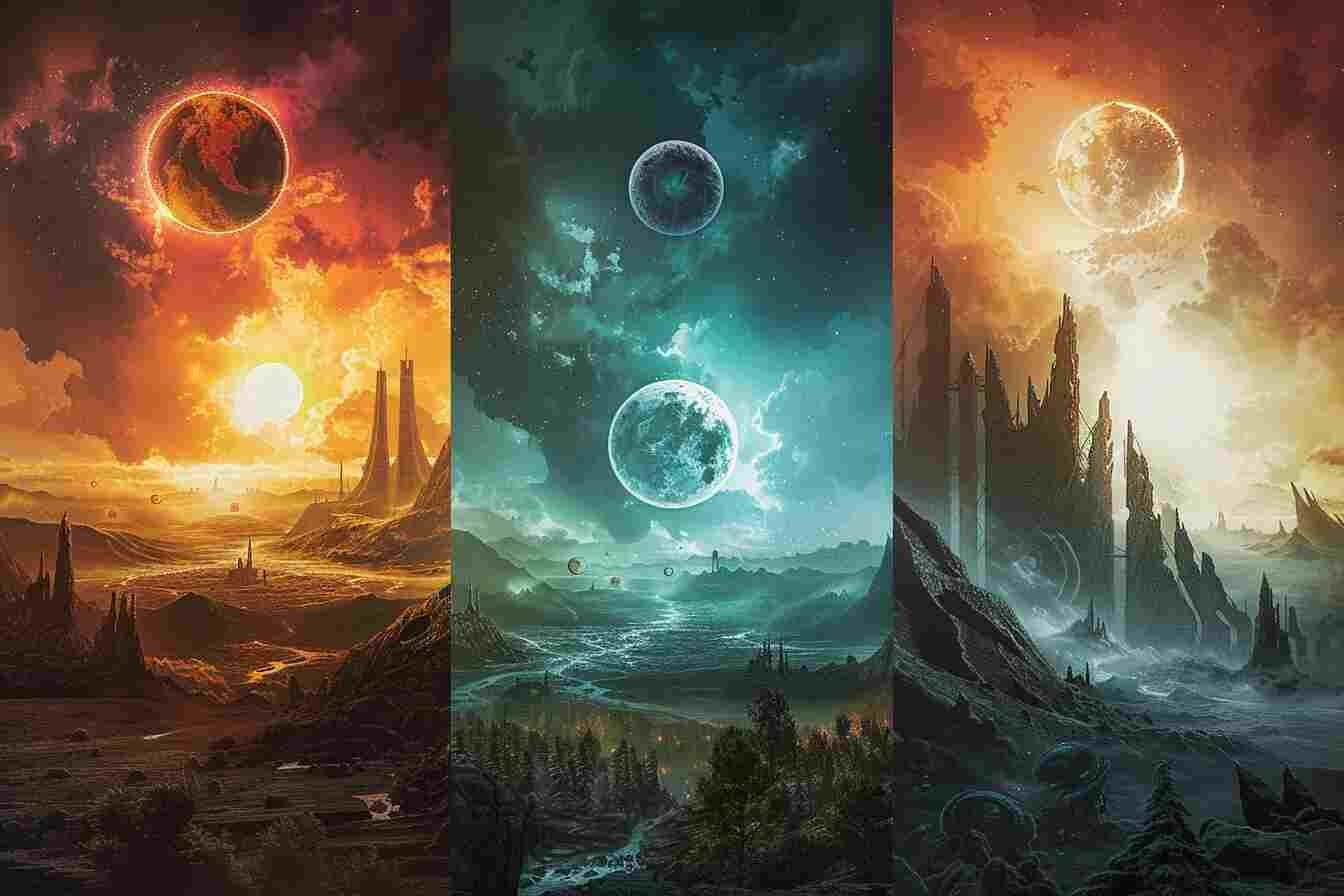Why did Vincent van Gogh paint The Starry Night?
This Starry Night painting represents what Van Gogh could see or extrapolate from the room he occupied during his stay at the asylum in St Rémy de Provence (France). It was during this difficult time in his tormented life that he painted one of the most famous paintings in the history of art, now housed at MoMA in New York.
Do you know the story of the fabulous painting The Starry Night?
Van-Gogh (1853-1890) had a moody and restless temperament. In February 1888 he left Paris for the south of France and settled in Arles. It was then that he began to paint his curved, swirling brushstrokes that seemed endowed with physical and spiritual vitality. He uses pure colors, yellow, green, blue to paint landscapes and scenes of southern life. It was in this enthusiasm that Vincent Van Gogh persuaded Paul Gauguin (whom he met in Paris) to join him.
They have been working side by side for almost two months when a serious argument, which has become famous, breaks out: Van Gogh threatens Gauguin with a razor!
The same night Vincent slices off an ear. A few months later, suicidal, he was committed of his own free will to a psychiatric hospital in Saint Rémy-de-Provence. He paints relentlessly: his state varies from deep depression to intense activity and we find in his paintings the very movement of his pathology.
A large number of masterpieces date from this period, including the painting that interests us: “The Starry Night”, one of the most beautiful paintings by the post-impressionist artist.
It was on the beautiful night of June 17-18, 1889 that Vincent Van Gogh, from his cell, painted this starry sky. It is an oil on canvas of 74 by 92 cm kept at the Museum of Modern Art in New York.
In the very foreground a “haloed” cypress stands out against a tormented sky; you can almost hear the wind blowing, stars twinkle (Venus, the evening star, is particularly bright that night) and a crescent moon shines (but you notice that the light doesn’t diffuse). You can guess there a small village and its bell tower, at the foot of the Alpilles. The cypress and the bell tower serve to create the depth of the painting. The cypress, the tree of the cemeteries, symbolizes death which takes us from the earth to the stars and the bell tower of Saint-Remy supports the unleashing of the sky!
Windows are still lit despite the late hour. All the shades of blue and green make this night magical, magical and a little mysterious, but despite everything, in this night of insomnia, we feel all the loneliness of the sick artist. Is this painting just the spontaneous expression of insanity?
The sky is fluid and undulates like a breaking wave, but Vincent Van Gogh, not so crazy, also imposes the order and eternity of a starry sky.
Wouldn’t this canvas be rather characteristic of a liberation for the painter?
– “Often it seems to me that the night is even more richly colored than the day…” (Letter to his sister in September 1888).
He will write to Émile Bernard: “But when will I do the Starry Sky, this painting that always worries me?”
We find in this painting the inspiration of the painter for Japanese prints and beyond the madness it is indeed an obvious mastery: everything is calculated in the smallest details.
In May 1890, Vincent Van Gogh left the south and joined his brother Théo in Paris. A few months later, on July 27, 1890, he shot himself with a revolver and died two days later… From then on, one more star shone in the sky.
Sources: PinterPandai, Arts and Culture, MoMA
Photo credit: Collection: Museum of Modern Art (MoMA) via Wikimedia Commons (CC BY-SA 4.0)
Photo description: La Nuit étoilée. Vincent van Gogh. 1889. Oil on canvas, 73 × 92 cm (28.7 × 36.2 in). Museum of Modern Art (New York City).



